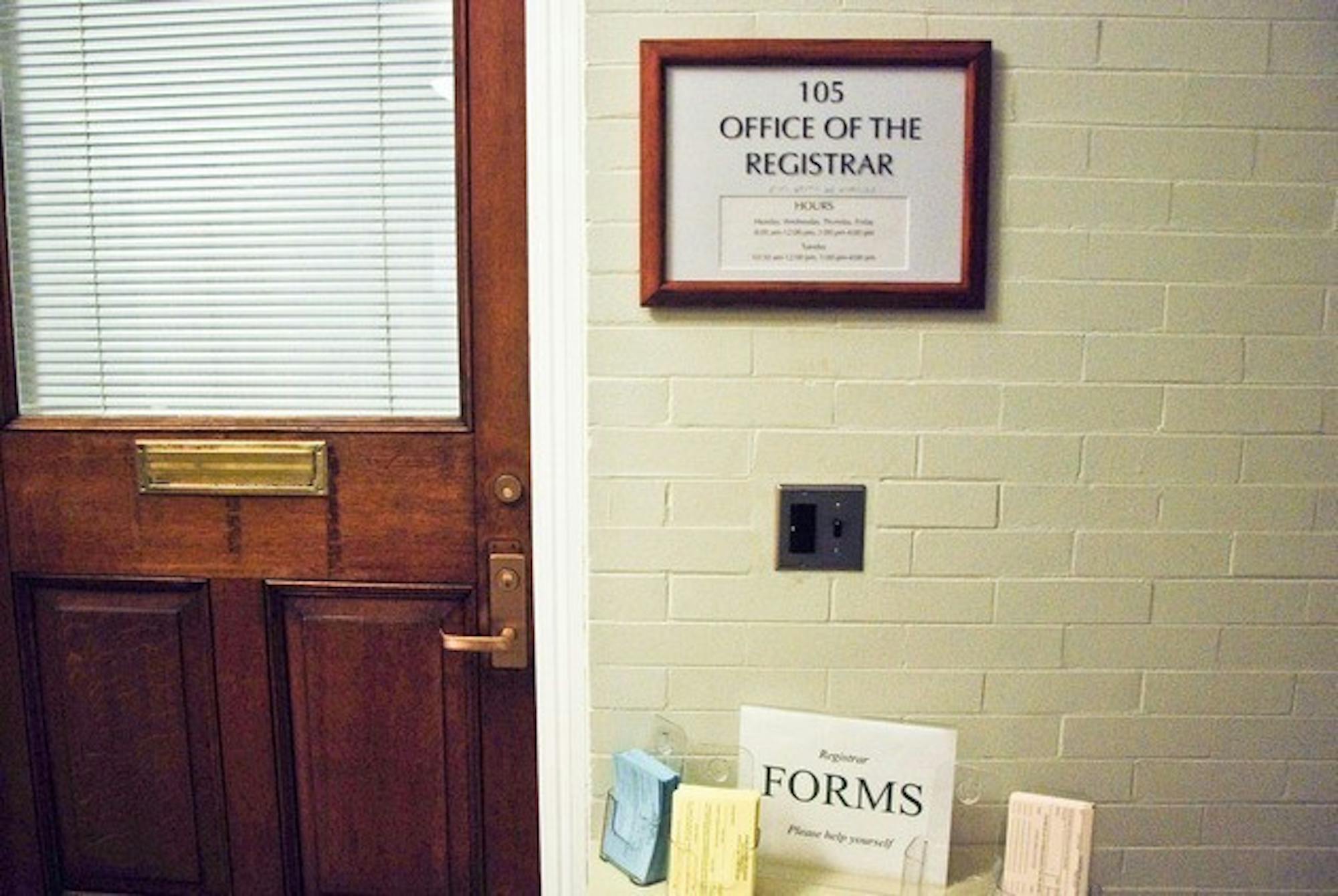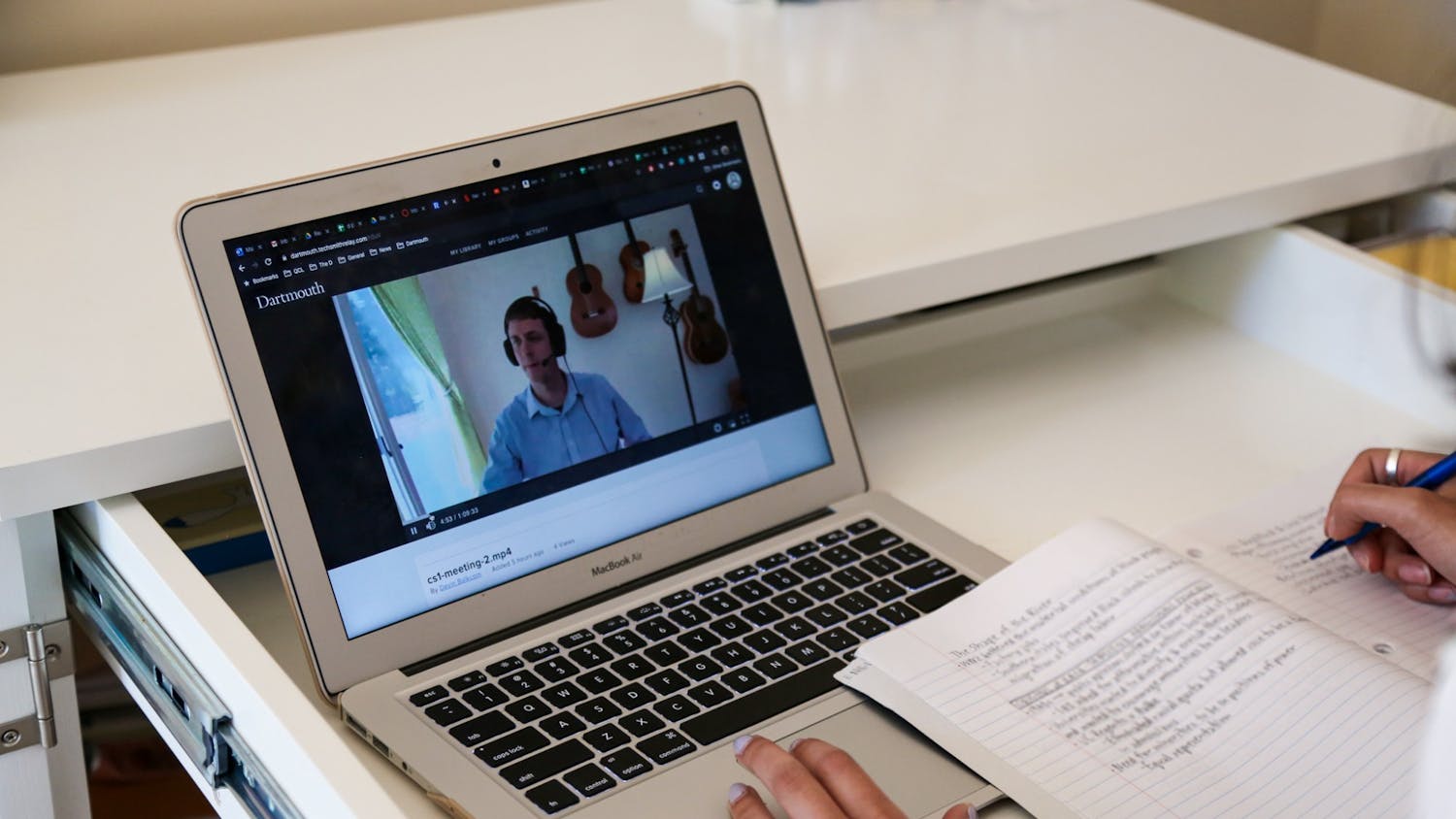This summer, students will have limited opportunities for on-campus instruction, with just over 11.6% of course offerings available fully in person. Only 21 course sections in 19 undergraduate courses will be taught fully in person this summer, up from 10 courses offered fully in person this spring.
The College is offering 189 course sections this summer, excluding individualized study courses — roughly a dozen more courses than an average summer term, according to interim registrar for academic policy and operations Eric Parsons.
Parsons added that additional courses may be added to the timetable between now and the start of summer term, some of which may be in person or remote with in-person components.
The registrar’s office has stipulated that faculty may choose between four course delivery methods: remote with synchronous components, remote and entirely asynchronous, remote with optional on-campus components and on campus subject to limitations. Individualized study courses with single students may be offered online or in person.
Excluding graduate courses, 28 course sections will be taught remotely with on-campus components, 133 will be offered remotely with synchronous components and seven are remote and entirely asynchronous, according to the timetable. An additional 75 undergraduate courses are classified as individualized study.
Faculty must adhere to the registrar office’s in-person instruction requirements, which require all courses to be remote for at least the first two weeks of the term in order to accommodate the College’s quarantine requirements.
For the summer term, some requirements have changed. In the fall and winter, departments could only offer an in-person or remote with in-person components section of a course if they also offered a fully remote section of the same course. This summer, however, a class can be offered in person without a corresponding remote section if the course will be offered at least twice in the upcoming academic year or the department is confident that none of its students need a particular course to remain on track for the major, according to Parsons.
The “new amended class schedule” used in the fall, winter and spring will be in effect this summer, but “current plans are to revert to the typical class schedule for fall term,” Parsons wrote. Starting in the fall, the class schedule was adjusted to allow custodial staff extra time to sanitize classrooms, extending the passing periods from 15 to 20 minutes.
In a letter to the social science department chairs, associate dean of faculty John Carey noted that “the goal is to use [21X] as a transition to the planned fully residential [21F] and to offer more in-person opportunities.”
But some members of the community were disappointed in the College’s continued limited on-campus course offerings this summer. To push for more in-person classes, Matthew Biberman ’88, Julia Bricklin, Howard Price and Valerie Price ’88 — parents of members of the Class of 2023 — created a petition on April 25 for parents of students in the Class of 2023. As of Wednesday, the petition has garnered nearly 300 signatures.
The petition argues that the low risk of infection after vaccination and the “vanishingly smaller risk if interacting with vaccinated, socially-distanced, masked students” makes “widespread faculty resistance to on-site teaching … difficult to understand.”
Valerie Price said she does not view only 13 faculty members committing to teach a fully in-person class this summer as “a real transition,” and questioned why others cannot “figure out” how to revert to in-person instruction.
Physics and astronomy professor Brian Chaboyer, who is teaching ASTR 1, “Solar Systems and Exoplanets,” remotely this spring and summer, noted that physical distancing requirements have hampered his ability to teach his typically 100-person class in person.
“I break [the class] into small discussion groups, and I just couldn't envision how we could have groups of four or five people who are six feet apart in one room,” Chaboyer said. “I just thought the small group work would actually work better virtually because I could at least have separate conversations [and] not be shouting at each other.”
Government professor Michelle Clarke, who is teaching GOVT 6, “Political Ideas,” remotely with synchronous components this summer, said the in-person options were “impractical because of structural constraints at the College.”
“We just aren't a college that has massive lecture halls in the way that the University of Michigan does,” Clarke said. “And these situations impose practical limits on larger classes meeting in person.”
Economics lecturer Melinda Petre is teaching two on-campus sections of ECON 21, “Microeconomics,” this summer, which she said was made possible by her small class sizes that could be accommodated indoors.
In addition, Clarke noted that she was given the option to teach in person, but the registrar stipulated she only had a day to decide, which led her to “stick to [her] original plan” of teaching remotely. She added that she plans to teach outdoors on campus and record lectures for those who cannot attend.
According to Parsons, only students who have permission to live on-campus from Student Affairs may enroll in on-campus courses or remote courses with on-campus components.
Bryanna Entwistle ’23 noted that she was “disappointed” in the number of courses being offered fully in person.
“I think it’s a little bit ridiculous how few [classes] are being offered considering the number of people [who] currently have on-campus access in the Upper Valley," Entwistle said.
Chaboyer, despite his ultimate decision to instruct his course virtually, noted the drawbacks of remote classes.
“It's much more difficult to be engaged with students from my point of view,” Chaboyer said. “It's harder to get feedback from the students to know whether people are having trouble with material. It's more difficult when you're not having sort of near daily interaction with the students.”
Correction appended (May 7, 2021): A previous version of this article contained a quote from a student that claimed that the "vast majority" of students are fully vaccinated. That is inaccurate — as of May 5, just over a quarter of students living on campus or locally are fully vaccinated, according to College spokesperson Diana Lawrence. The quote has been removed.




